|
So usually, when asked if you have plans for "Flag Day," a check of the calendar should center on the date of June 14th. However, at this particular time of year, there may be a little confusion as we have this date, and two others on which "the Star-Spangled Banner" plays a prominent role. Of course, I'm talking about Memorial Day and the 4th of July. In past years, I've written extensively about all three of these "flag days" and their perpetual meaning and importance to not only our cemetery, but burying grounds throughout the United States of America. Flag Day is a celebration of the old Red, White and Blue itself, and commemorates the adoption of our standard as the official flag of the country. It's also a great day for us here at Mount Olivet Cemetery since we have the gravesite of Francis Scott Key. You know him, right? He's the guy who wrote the nifty, little ode to the "Stars and Stripes" back in 1814 during the Battle of Baltimore at Fort McHenry—a pivotal part of the confusing War of 1812 and our unwanted rematch against Great Britain to keep our independence. Since we are talking Flag Day here, for those interested, our Friends of Mount Olivet (FOMO) membership group invites the public to enjoy our annual Flag Day Author's History Talk. This lecture will once again be held in front of our Key Chapel, behind the Francis Scott Key Monument. The event begins at 6pm (on June 14th) and is free and open to all. We suggest bringing a lawn chair or a blanket to sit on. We have speakers talk on patriotic individuals from our past, with special tie-ins to Mount Olivet. This year, we will feature a lady named Robin Meyer, whose father, Sam Meyer, researched, wrote and published a book on the fore-mentioned Mr. Key. It was published in 1995 under the title: Paradoxes of Fame: The Francis Scott Key Story. Robin plans to talk about the book itself with special recollections of why and how her father researched and wrote this work. The 4th of July has plenty of activities and events to offer throughout Frederick County. Firework displays, concerts, and usually picnics rule the day as we should fondly recall our first War for Independence, and in particular, the date of July 4th, 1776. This was when the Second Continental Congress unanimously adopted the Declaration of Independence, boldly announcing the colonies' separation from Great Britain. A definitive tie-in to Mount Olivet lies in the fact that we are the final resting place of one of the members of that particular Continental Congress. This was Thomas Johnson, Jr., originally hailing from Calvert County but we made him our own with two public schools and a "medical services autobahn" named for him here. Unfortunately, he would have had greater fame if he wasn't absent on July 4th, or whatever the often debated day was that the delegates signed the legendary Declaration of Independence parchment. Mr. Johnson had a legitimate "note from home" (if you will) as he was feverishly raising troops and armaments for the great fight that was looming with the motherland. Thomas Johnson would go on to lead men into battle as a Brigadier General of the Maryland Flying Camp. He would soon be recalled back to his home of Maryland from the battlefields of eastern New York in an effort to serve as the Old Line State's first elected governor. Outside of visiting Johnson's final home (today a museum) Rose Hill Manor, please feel free to pay homage at various places in Mount Olivet on July 4th if you are feeling extra patriotic. Places of interest include Thomas Johnson's gravesite in Area MM/Lot 38, his sculpted bust (which was crafted by local artist Joseph Urner) in our "Star-Spangled Plaza" area near the Key Chapel, or reverently stroll around and through our modern "TJ" burial section to the left (south) of our mausoleum complex and administration/sales office. Don't worry, in each instance, the US flag will be flying nearby. Before we arrive at Flag Day and "the Fourth," we need to remember that we have a day that means more than the fight for independence and a celebration of a colorful swath of cloth. This is Memorial Day. Differing from the other "flag days" with set dates, Memorial Day is observed on the last Monday of May, and incorporates the preceding weekend as part of a three-day commemoration. Memorial Day originated in 1868 and was first known as Decoration Day. The observance took form when the Grand Army of the Republic (GAR) established it as a time for the nation to decorate the graves of the Union war dead with flowers. Confederate veteran groups would follow suit with their own day honoring former soldiers lost in the conflict. The National Archives website provides the following explanation for the origin of Memorial Day: By the 20th century, one day was chosen to solemnly commemorate all Americans who lost their lives in military service—Memorial Day. Over the years, people have made regular pilgrimages to visit cemeteries and memorials on this federal holiday, particularly to honor those who have died in military service. In many cases, volunteers place American flags on graves of veterans within cemeteries of varying sizes, big and small. Public ceremonies of remembrance are generally held by veterans service organizations and municipalities. As historian and preservation manager of Mount Olivet, I'm proud to say that this description fits our approach to a "T." Last Saturday, May 20th, volunteers descended on Mount Olivet to assist us along with our faithful partners in Francis Scott Key Post #11 of the American Legion. Our mission once again was to place well over 4,000 flaglets on veteran graves. It's a huge task, but we are blessed to have so many volunteers come out to help, including people of all ages, vets themselves, and players of Post 11's American Legion baseball teams too! 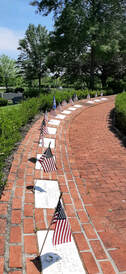 For decades, Legion Post #11 has held a program in the shadow of their namesake’s memorial by the front of the cemetery. This takes place at 12 noon. Earlier in the morning, and in the rear of the cemetery, local Frederick County chapters of the Daughters of the American Revolution conduct organized ceremonies to honor veterans “at rest” in Mount Olivet’s mausoleum complex. This is a more recent tradition with a start time of 10am and includes help from the Sons of the American Revolution Lawrence Everhart Chapter, along with Sons of Union Veterans of the Civil War. Flags are flown at half-mast, Taps is played and wreaths adorn the Francis Scott Key monument and Mount Olivet's World War II Memorial where flaglets gently wave over the mortal remains of 30 individuals lost during that world conflict. This year, a new war memorial stands in Mount Olivet on this sacred day of remembrance (as it was under construction last year at this time). This is our Mount Olivet World War I Memorial Gazebo and Never Forget Garden located in the center of Areas T, U and S and the cemetery's midsection. This picturesque site honors over 600 men and women of World War I buried in Mount Olivet. We are still seeking contributions in an effort to add interpretive panels to tell more of World War I's story, making special note of the 13 wartime veteran deaths (in 1918) associated with interments here in the cemetery from this conflict. Some of these men were killed on the France-Germany front, and others died as a result of the Spanish Flu Pandemic. We dedicated this special memorial last October, and, immediately following the program, asked participants to help us spread poppy seeds in the flower beds surrounding the gazebo. These were designed to form the Never Forget Garden, a tribute to the casualties of war, and especially those soldiers and sailors who remain unknown and missing in action to this day. The red poppy is regarded as a symbol of war casualties, and this tradition started with a poem. This is fitting since poems and patriotism seem to go hand in hand from Henry Wadsworth Longfellow's "Paul Revere's Ride" to John Greenleaf Whittier's "Barbara Fritchie," with the latter's central character buried just yards away from the World War I Memorial Gazebo. In the spring of 1915, a Canadian artillery unit brigade surgeon, Lieutenant Colonel John McCrae, saw bright-red poppies blooming on the war-torn fields where so many soldiers had lost their lives. The sight moved him to write the famous poem “In Flanders Fields." Now here we are seven months later, and our seeds have come into full bloom. Make sure to visit the World War I Gazebo and Never Forget Garden this weekend , or upon your next visit to Mount Olivet. The US flag has definitely been on my mind all week, and last week as well. I gave a lecture for the Sons of the American Revolution Chapter last week on the topic of Revolutionary War Soldiers buried at Mount Olivet. The count numbers 47 at last check. Two days after my program, I found myself placing flags in Mount Olivet's Area E on the graves of some of the very men I had spoken about. These included some heavy hitters including Col. John McPherson, Lt. John Lynn, Brig. Comm. Baker Johnson, Gen. Joseph Swearingen and Maj. Peter Mantz. I wrote a "Story in Stone" on Peter Mantz a few years back, and plan to cover the rest of these gentleman, and nearly 40 more, in coming years as we commemorate the 250th anniversary of the American Revolution over the next decade. No shortage of flags can be seen in this section of the cemetery, and a heavily concentrated area is that of the fore-mentioned Maj. Mantz whose burial lot includes other veterans including three sons (Isaac, Ezra and Charles) who participated in the War of 1812. An adjoining lot contains the grave of a fellow RevWar vet named John Gomber. Gomber was Peter Mantz' brother-in-law. I was curious about the "Gomber" name, so I ventured out to his grave the other day to take a closer look. As I came upon it, I stopped for a moment to take in an interesting viewscape looking toward the southwest. I zeroed in on five flaglets in my immediate line of vision, each belonging to a separate veteran. Here I was reminded of the richness of our historic, burying ground because four different conflicts and time periods of American history were represented by these five vets. For starters, John Gomber, Jr. (#1 in photo above) has a substantial marker dating back to his death in 1831, 23 years prior to our first burial in Mount Olivet. He was originally laid to rest in Mantz Family burying ground that once occupied the northeast corner of West 4th Street and Klineharts Alley in Downtown Frederick. Shortly after the opening of Mount Olivet, his descendants had his body, and that of wife Esther (Mantz) Gomber who predeceased him in 1830, reburied in Area E/Lot 136. Our records state that John Gomber, Jr. was born on December 4th, 1756 in Frederick. He married Esther Mantz (b. 1765) in December 1779 just after celebrating his 23rd birthday. The couple would go on to have 6 children. The only reference to an occupation for John Gomber comes with a brief mention in Jacob Engelbrecht's diary that he was a "brewer." As far as military duty, he was as an Associator for Frederick's Committee Observation in the years ramping up to the American Revolution. He would serve as a private under his brother-in-law, Captain Peter Mantz. Gomber was a member of the legendary Maryland Militia better known as "the Flying Camp." I assume he saw action during the battles in the northeast, specifically, the Battle of Long Island. To the right of John and Esther Gomber's gravestone, one will find a monument containing the name of daughter Ann Christena Smith (1799-1839). This woman's husband, John Dinsmore Smith, has a footstone-style marker to the right of hers and represents the second veteran attached to my "five flag vision" referenced earlier. Thanks to the information found on the 1812 plaque marker placed in 2014, we learn that John Dinsmore Smith was first corporal in the 1st Regiment of Maryland Militia under Capt. John Brengle from August 25th to September 10th, 1814. This means he fought at the legendary Battle of Baltimore that inspired Francis Scott Key to write his "Star-Spangled Banner" song, although it originally carried the title of "The Defence of Fort McHenry." Specifically, Smith was a participant of the Battle of North Point. You can learn more about the colorful Capt. Brengle and his men in an earlier "Story in Stone" article from August, 2019 entitled "A Patriot in the Pulpit." I've been hard-pressed to find much more on this gentleman outside of being John Gomber, Jr's. son-in-law. Frederick diarist Jacob Engelbrecht made note of his death with a journal entry dated March 16th, 1832. "Died last night in the 45th year of his age, Mr. John Dinsmore Smith (commonly called "Yankee Smith") of our town a native of New Hampshire. Buried on the German Reformed graveyard. Son in law of the late John Gomber." Aside from the couple (Ann Christena Gomber and J. D. Smith) marrying in 1822, I was interested to learn that Ann Christena was buried in the Mantz lot with her parents instead of by her husband's side in the German Reformed burying ground (destined to become Frederick's Memorial Park on the corner of North Bentz and West Second streets). This leads to a hazy, gray area in authenticating Lt. Smith's burial here in Mount Olivet. There is no official record of him being interred in Mount Olivet, while his wife and other family members were brought here from the Mantz burying ground in August of 1855. Meanwhile, J. D. Smith's name is not among those still buried in Memorial Park. It's one of those genealogical research nightmares of "Where did his body go?" Or, simply, did we (the cemetery) fail to record his placement here back in the 19th century? We may never know, but for now John Dinsmore Smith is memorialized with a special marker next to his wife and Gomber in-laws. Up the hill on Lot 102, is one of Smith's fellow War of 1812 compatriots by the name of Henry Hanshew. I wrote about this early family of German immigrants last fall in respect to Henry's later relative John K. Hanshew, an expert in the game of Chess. Henry's father, Frederick Hanshew (1760-1832) came to the town that shares his name in the early 1780s. Henry was born in 1785, a year after his parents were married here. His War of 1812 marker, in front of Henry's vintage tombstone, states that Private Henry Hanshew served in the 1st Regiment, Maryland Militia, under Captain Henry Steiner from August 25th to September 27th, 1814. Henry lived to see the beginning of the American Civil War, but not the final outcome, dying in March, 1862. Speaking of the American Civil War, the fourth flag can be found on Area E's Lot 98 and a veteran of that particular conflict. Sergeant John M. Pimm survived the war, but would die shortly thereafter from the result of a fatal "on the job" injury. The son of John M. and Nancy Pimm of Frederick was born on December 3rd, 1835, He would gain employment with the railroad, but also answered the call to defend the Union in the American Civil War. As his stone reveals, John would attain the rank of sergeant and proudly served with the Potomac Home Brigade, an outfit specifically charged with guarding the B&O Railroad and C&O Canal from Rebel marauders intent on disrupting these important transportation lines. Records show that Pimm enlisted as a private into military service in August, 1861. He is also listed as a member of Maryland's 13th Regiment, Company D. .The local newspapers reported John's untimely death at the age of 30. He would die on December 11th, 1865, the day after a terrible accident encountered while working for the Western Maryland Railroad. While searching articles for Sgt. Pimm, I saw his name listed in 1869 among a group of 29 local, Frederick Union Army soldiers buried in Mount Olivet. In late May of that year, Fredericktonians commemorated their dead soldiers by placing flowers upon graves of soldiers for a second Decoration Day. We discussed this day earlier as the impetus for today's Memorial Day. Here are a few excerpts from the lengthy article that ran in the Frederick Examiner newspaper at the time explaining the exercises of the day. A poem appears toward the base of Sgt. Pimm's stone. It reads: "In the bloom of youth thou wast called away to a mansion fair in a world of love On earth no longer thou couldst stay Farewell dear son, we'll meet above" Our last individual (of the five) actually caught my attention while I was placing flags last Saturday. This was a female veteran by the name of Margaret Katharine Sahm. Her stone was halfway obscured by a shrub in need of pruning. It is a plain and ordinary marker, and offers no clue whatsoever of this individual being a veteran. I noted that her birthdate was July 28th, 1898, and her date of death would occur 97 years later on December 9th, 1995. Margaret's grave is within a family plot (Area E/Lot 100) purchased by her grandparents Peter and Mary Sahm. Margaret's parents are here as well: Robert Ashby Sahm (1867-1946) ) and Eva (Smith) Sahm (1874-1958). I had hoped our cemetery records would provide more information about Margaret Katharine Sahm, especially her veteran connection. I came up with nothing, save for the fact that she never married and preferred going by her middle name. I went searching for an obituary next. I found nothing in the Frederick papers, however, an Annapolis newspaper featured a small obituary. This made sense as I found that she had lived in a retirement facility for the last 30 years of her life and had no ties to Frederick from what I could see. The scant obituary did provide me with her profession as I performed multiple online searches and finally had a bit of luck with Ancestry.com finding her in census records ranging from 1900 to 1950. A few other records pertaining to trips abroad came up, but nothing related to military service. My initial hunch was that Katharine Sahm was likely a nurse in World War II. Seeing the obituary and learning that she worked for the State of Maryland Accident Fund from roughly 1917-1960, I was able to rule out the typical medical profession of nurse. I started thinking that perhaps she was a Yeoman (F) in the US Navy during World War I. This is the case with four other women veterans in Mount Olivet. I studied the 1920 census for clues and this got me thinking in another direction. Katharine can be found living on Baltimore's Calvert Street with her family. Interestingly, her profession is noted as that of "Stenographer" followed by the word "Private." Ironically, a cousin living with them is listed as a nurse working in a hospital. I desired additional understanding of the job duties of stenographers, but more so, what were the "private" applications in which a stenographer would be needed or protected? Naturally government work comes to mind, but clandestine services would be especially needed by the military during wartime. The fact that women were considered for recruitment in these roles reflects the level of importance the military placed on hiring qualified stenographers. After joining the ranks, one could be assigned to a variety of different tasks. While some of these were typical of the stenographer role (such as transcribing the dictation of letters, memoranda, reports and other material), other duties were more secretarial in nature. For example, stenographers might also answer the telephone, operate as the office receptionist, check payroll, perform simple accounting, or make inventory of supplies. Since the mystery is in the fact that Margaret Katharine Sahm is regarded as a veteran, I needed to find an assignment to a branch of the military for this woman. I began researching the role of female stenographers during World War I and it led me to the Marine Corps. I found an article on the Library of Congress' website that talked about the first women in this branch. They would be referred to as "Marinettes." When the Marine Corps first opened their branch to women in 1918, advertisements called for “only women of excellent character and neat appearance, with business and office experience.” A woman named Opha May Johnson believed she met these requirements, and on August 12th, 1918, she joined the Marines as the first Woman Marine, or Marinette. In total, 305 Marinettes enlisted during World War I. Their main job was to take over clerical duties so male Marines were free to serve in combat. Women were stationed in Washington, DC, as well as more distantly in Oregon and California. This assignment was only temporary, however. The group was disbanded in 1919, with the last members officially released from service in 1922. The Marines decided women did not belong in the Corps. The mystery of Katharine Sahm's service is certainly not solved. I would ask that you cut me some slack since it is a holiday weekend and all. Regardless, more research needs to be conducted, and/or hopefully a family member may be able to fill us in on "the rest of the story." As can be seen, we take our "flag days" seriously here at Mount Olivet. Thanks again to all who help us with this important task of flag planting as we decorate thousands of graves each summer, and again in fall with Veterans Day. History Shark Productions Presents: Chris Haugh's "Frederick History 101" Are you interested in Frederick history?
Check out this author's latest, in-person, course offering: Chris Haugh's "Frederick History 101," with the inaugural session scheduled as a 4-part/week course on Monday evenings in June, 2023 (June 5, 12, 19, 26). These will take place from 6-8:30pm at Mount Olivet Cemetery's Key Chapel. Cost is $79 (includes 4 classes). For more info and course registration, click the button below! (More sessions to come)
1 Comment
12/5/2023 11:23:40 am
I wanted to express my gratitude for your insightful and engaging article. Your writing is clear and easy to follow, and I appreciated the way you presented your ideas in a thoughtful and organized manner. Your analysis was both thought-provoking and well-researched, and I enjoyed the real-life examples you used to illustrate your points. Your article has provided me with a fresh perspective on the subject matter and has inspired me to think more deeply about this topic.
Reply
Leave a Reply. |
STORIES
|
Archives
July 2024
June 2024
May 2024
April 2024
March 2024
February 2024
January 2024
December 2023
November 2023
September 2023
August 2023
July 2023
June 2023
May 2023
April 2023
March 2023
February 2023
January 2023
December 2022
November 2022
October 2022
September 2022
August 2022
July 2022
June 2022
May 2022
April 2022
March 2022
February 2022
January 2022
December 2021
November 2021
October 2021
September 2021
August 2021
July 2021
June 2021
May 2021
April 2021
March 2021
February 2021
January 2021
December 2020
November 2020
October 2020
September 2020
August 2020
July 2020
June 2020
May 2020
April 2020
March 2020
February 2020
January 2020
December 2019
November 2019
October 2019
September 2019
August 2019
July 2019
June 2019
May 2019
April 2019
March 2019
February 2019
January 2019
December 2018
November 2018
October 2018
September 2018
August 2018
July 2018
June 2018
May 2018
April 2018
March 2018
February 2018
January 2018
December 2017
November 2017
October 2017
September 2017
August 2017
July 2017
June 2017
May 2017
April 2017
March 2017
February 2017
January 2017
December 2016
November 2016




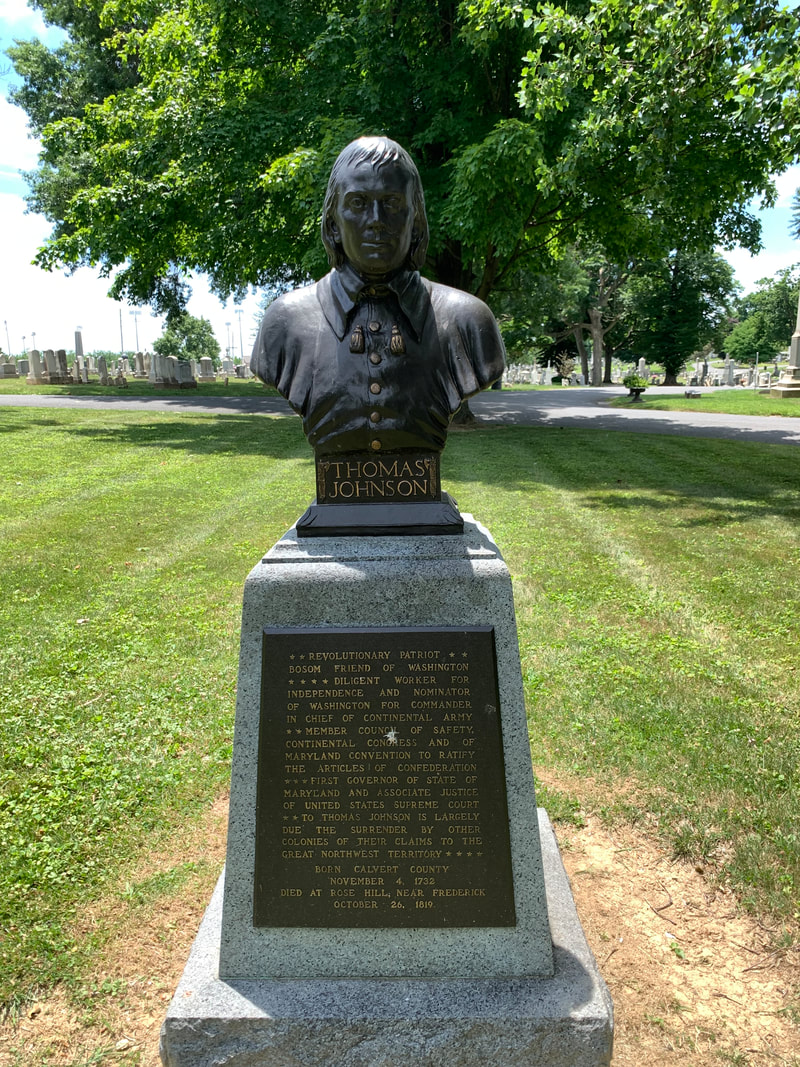



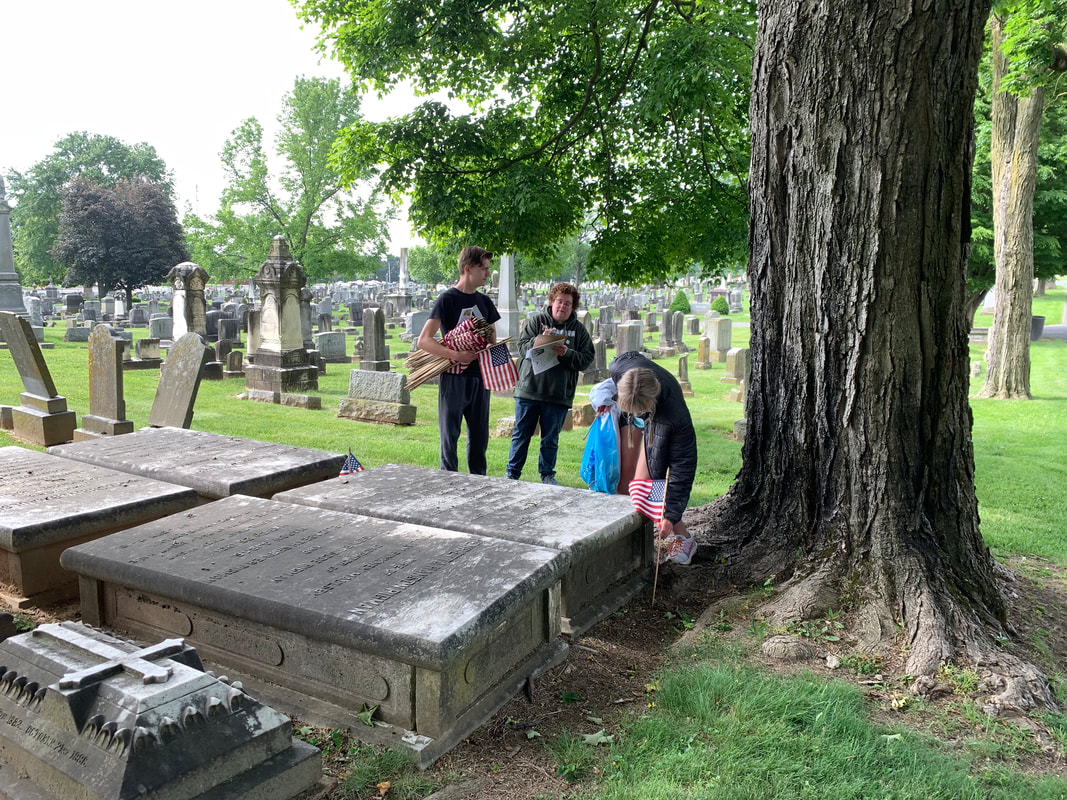
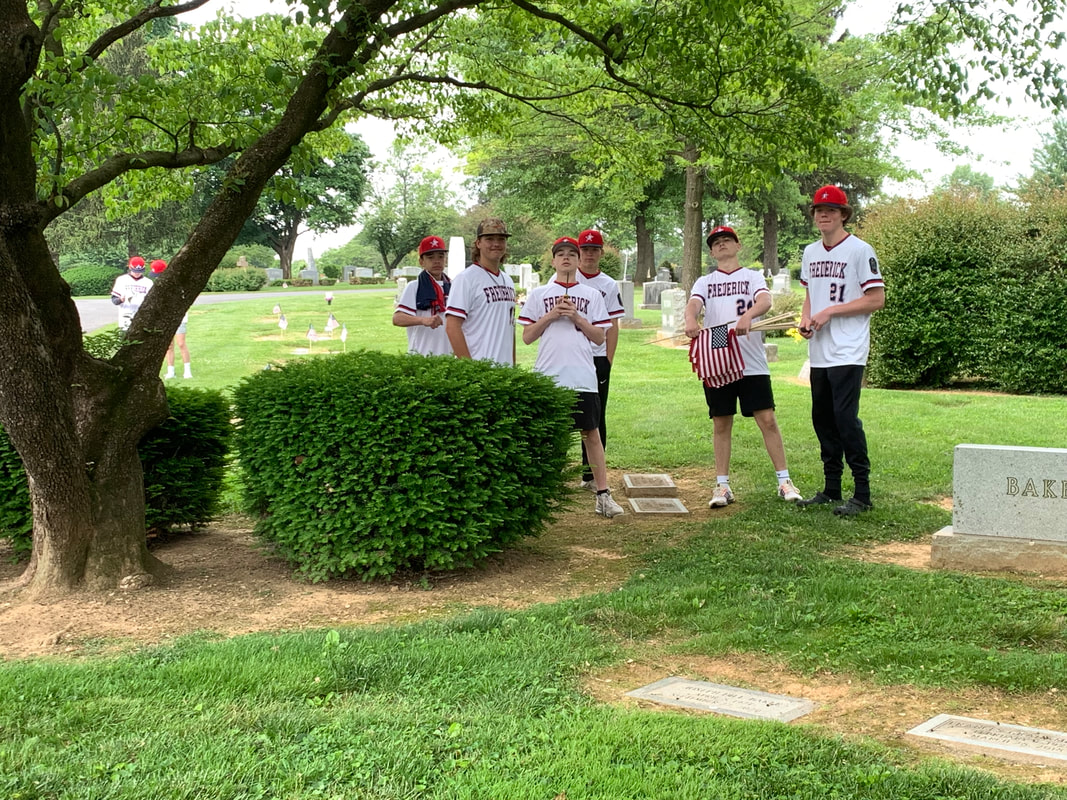








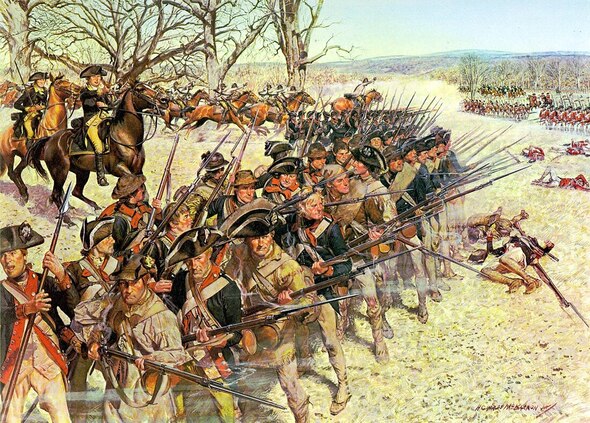



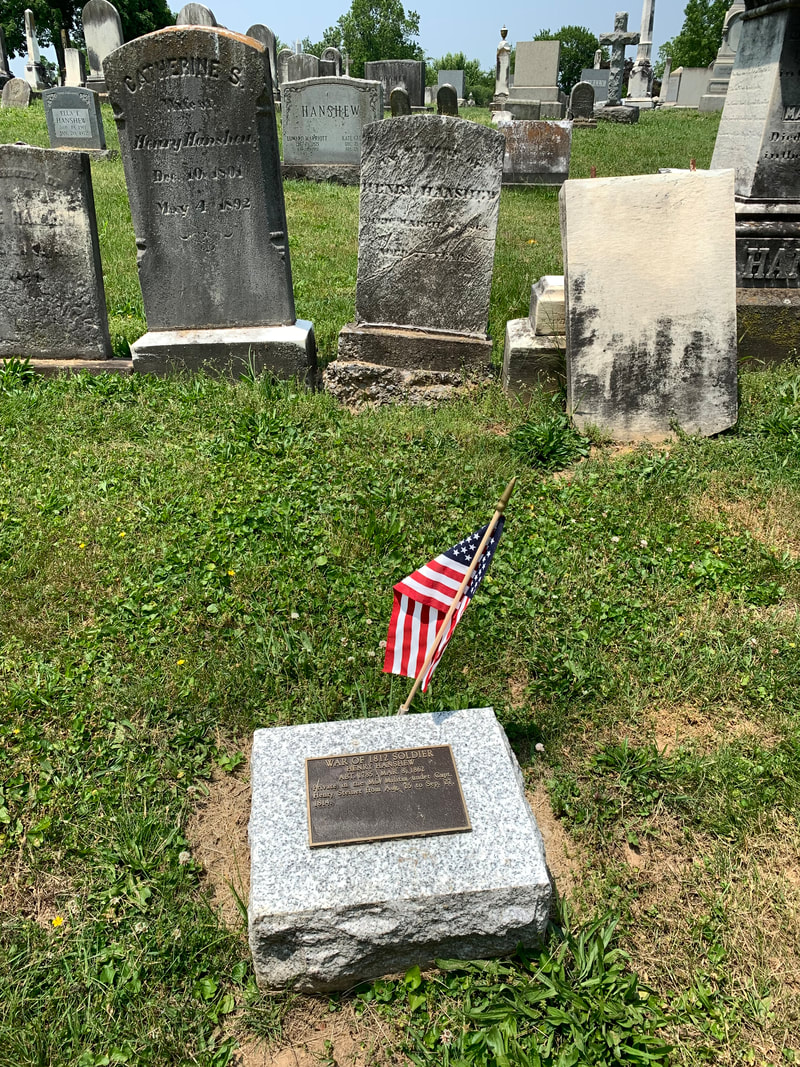





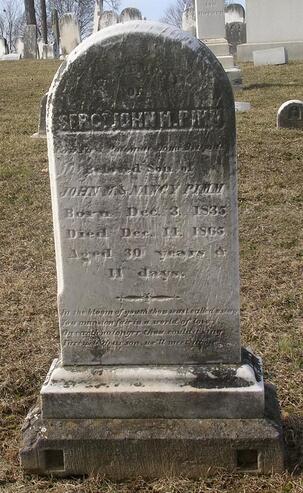




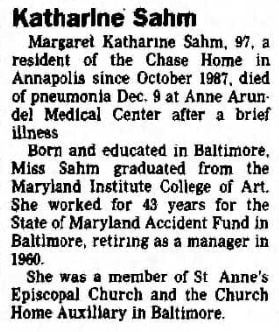









 RSS Feed
RSS Feed